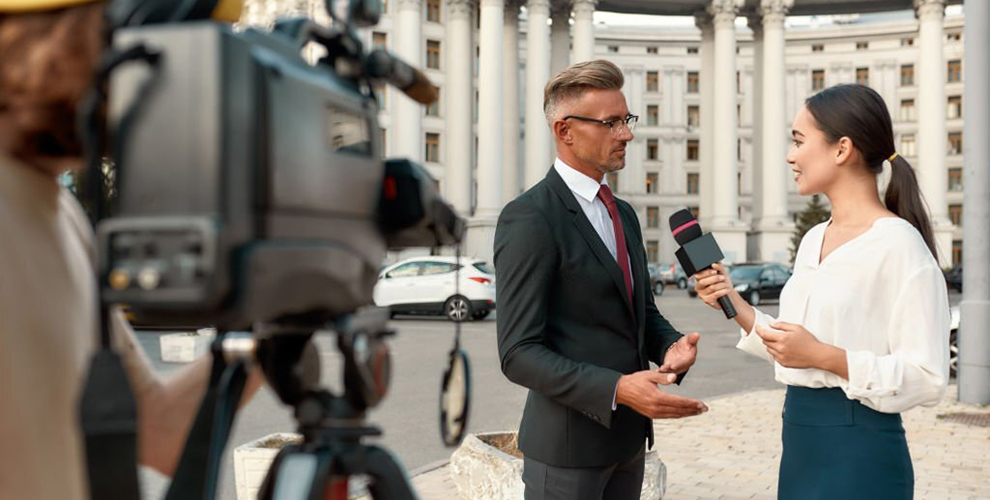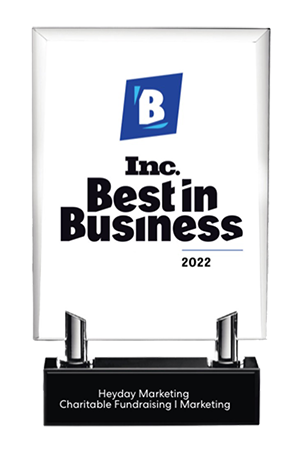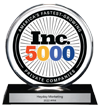
Industries
Content Creation for Live Events
Live events have a way of bringing people together. The best event content is the kind that helps you connect with your audience but also reaches those who may not be attending your event in person. It’s important to make sure that your message is being heard by people who can’t make it out to see your brand or cause in person—and live-streaming and social media are great ways to do this.
- Create different types of content for different people attending your event.
You should create different types of content for different people attending your event.
- Content for attendees. You may think you can just put up a few sign-up sheets, but consider how much more people would enjoy and benefit from your event if they had some idea what it was about and what to expect there. Use the opportunity to give them something else to look forward to by sharing more details about what will be covered in each session or highlighting other speakers’ topics too.
- Content for speakers: Make sure you let them know about any materials they need in advance so they can practice their presentations before the day of your event (and don’t forget things like slideshows and handouts!). And while they’re preparing their talks, let them know how many words per minute they should speak on average (around 120 words per minute is ideal). This information will help ensure that everyone’s presentation flows smoothly throughout the day—or at least sounds natural when recorded!
- Content for sponsors: You’ll most likely have a sponsor table set up during lunch breaks or other times when attendees are free from sessions; this is an excellent opportunity to get sponsors’ logos out there where people can see them! Posting sponsor names on signs above food tables is one effective way of doing this; another option is creating digital signage using monitors placed around conference areas where sponsors’ logos are displayed prominently until someone comes along and replaces it with information related to upcoming sessions instead.
- Think About Tying In Your Visual Content To A Theme.
As you brainstorm ideas, think about tying in your visual content to a theme. This can help make it memorable and easy for people to share.
- Make it easy to understand: Make sure that your visual content is clear and concise. If the message isn’t easily communicated, the audience will struggle or not get it at all.
- Make it easy to follow: Use graphics and color palettes that are consistent with other pieces of marketing collateral you have created for this event or series of events (e.g., signage).
- Make it easy to read: Use large font sizes and don’t crowd too much information on one page – break up text into paragraphs so people don’t have to scroll through lots of words at once!
- A Hashtag Can Make All The Difference In Spreading Your Message On Social Media
Hashtags are a great way to make your posts more searchable on social media. They also make it easier for users to find the content they are interested in, which can help you reach a wider audience. But hashtag use can also be distracting, so you should use them sparingly and only when necessary.
When used correctly, hashtags have been shown to increase engagement rates between 5-15%. That’s why we recommend that most of the time, it’s worth it for business owners and marketers to spend some time coming up with clever hashtags for their posts—even if only because they’re able to track how many times people share their content using those specific tags.
- Use Videos in Your Content Strategy Too
Video is an important part of any content creation strategy.
It’s a powerful tool for communicating your message, and it’s also a great way to engage with your audience. Video can help you build an audience of potential attendees and followers, which will allow you to reach more people before, during, and after the event in order to share information about future events or products they may be interested in purchasing.
Video can also be used for live-streaming events (both online and on-site). During these streams, video highlights are generated that can be used as social media posts—this provides another level of engagement at scale before even arriving at the event itself! Pre-event promotion via video content has been shown time and again as one of the best ways to drive attendance at live events—so don’t forget this extremely effective tactic when planning your next meeting or conference!
- Creating strong content related to your live events can help you engage and build an audience of potential attendees and followers of your brand or cause.
Creating strong content related to your live events can help you engage and build an audience of potential attendees and followers of your brand or cause. The type of content you create will depend on the frequency, audience, and location of your event.
Depending on which channels you’re using (such as Facebook, Twitter, or Instagram), it might be more appropriate to post photos than videos. However, if you have the resources available, consider creating short videos that showcase what makes your event unique—this could include interviews with speakers or attendees!
- For best results, combine your content creation tactics with these related strategies:



